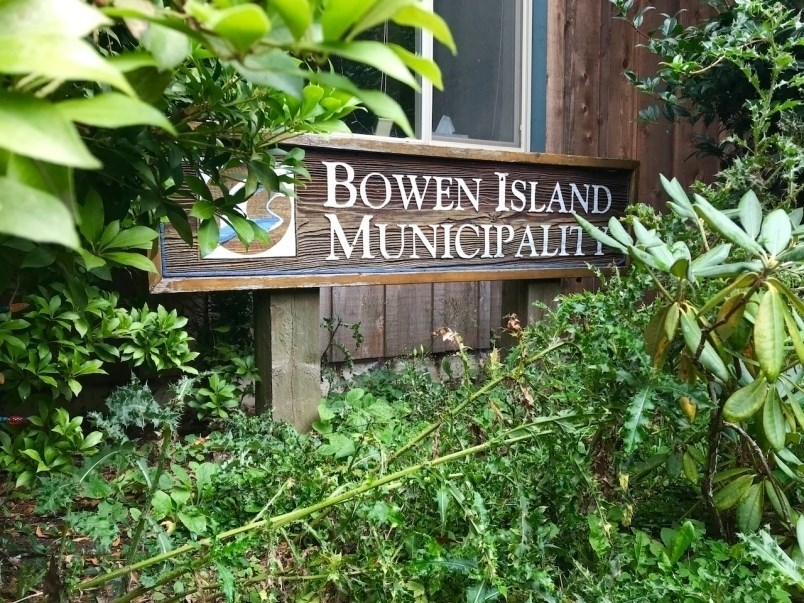A Hazardous Areas Development Permit Area plan was put to bed after receiving minimal public support.
The idea would have regulated development and setback rules in areas deemed ‘hazardous’. The Bowen proposal qualified these areas in four categories based on various risks: lakes and wetlands (flooding), coastal erosion and flooding areas (sea rise), steep slopes (landslides), and stream erosion and flooding areas (bank erosion, flooding, debris flow).
Each category would have had specific situations requiring further review of any development, in addition to general rules for all of them. One of the main goals of Development Permit Areas (DPA) is to protect sensitive environmental locations.
But the public consultation process showed there was little appetite for this type of regulation. While people did express concern about these issues, particularly mudslides, the majority of respondents took issue with a combination of the situations that would trigger a review, the map used to select the four areas, and the proposed review process.
“Council should come back to earth and deal with the more mundane jobs of fixing roads and water systems and not try to create more layers of red tape,” was the feedback from one resident.
“If the municipality and those that need to enforce these bylaws are looking for a fight, proceed with caution as any interference with my use and enjoyment of my land will be responded to as I feel necessary,” said a particularly flustered respondent.
Even among residents who were supportive, their feedback indicated every area of the proposal would need more refinement before establishing the hazardous areas.
Based on this staff recommended the hazardous areas plan be shelved. “One of the things that staff really heard back from people is essentially, what’s the need for this?” says Daniel Martin, manager of planning and development, at a Committee of the Whole meeting Feb. 28.
He noted that even without a hazardous areas permit, the municipality still has the ability to regulate development in locations falling under the four zones of concern through other DPA’s or bylaws.
“I’m glad you’ve gone down this road, there was a lot of pushback,” says Mayor Gary Ander on the recommendation to put the idea aside. “It was going to be a lot of work to get that through.”
Councillor Sue Ellen Fast hoped the proposal could be reworked to make it more attractive to the public, citing potential climate change hazards coming in the future. But she was the lone opposing vote as council decided to scrap the project.
An alternative was provided though in the form of a site alteration bylaw, available through the B.C. Community Charter. This would allow the municipality to control any property changes involving “the removal of soil and the deposit of soil or other material.”
A draft is still some time off, but staff will be focusing on grade alteration and soil removal, soil compaction, tree and vegetation removal, and rock blasting as their primary categories. Martin says about 20 per cent of land use bylaw complaints received are related to these situations.
He also adds the bylaw would be meant to cover larger projects, and not impact “smallscale work such as landscaping and garden creation.”
Council consensus was that they look forward to the proposed site alteration bylaw, but don’t envy the task of crafting a document to pass the public approval process.

